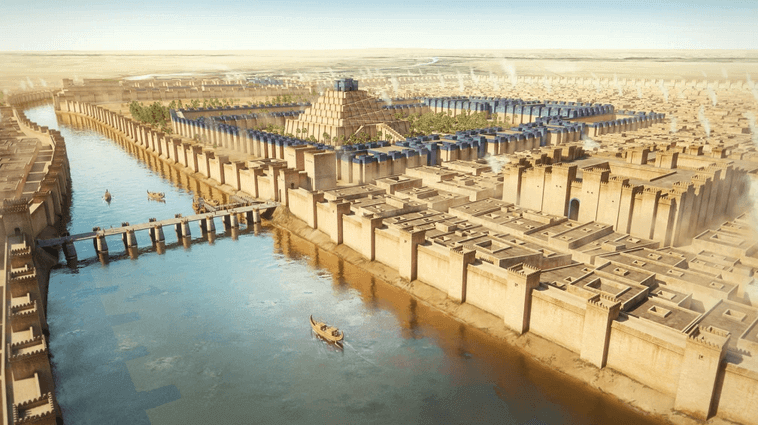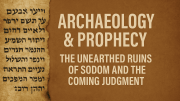Bryan Windle
The Babylonian Exile & the Persian Period 587-334 BC
In 605 BC, Nebuchadnezzar II, King of Babylon, attacked Jerusalem and took as captive some of the royal family and nobility. Among these exiles was a group of young men named Daniel, Hananiah, Mishael, and Azariah (Dan. 1:6). They were taught the language and ways of the Babylonians to prepare them for service in the King’s courts (Dan. 1:4). For the next 65+ years in Babylon, Daniel lived in Babylon through the reigns of successive Babylonian Kings and into the reign of the Persian King, Cyrus (Dan. 1:21;6:28) in 539 BC.
Babylon was a spectacular city! Nebuchadnezzar had initiated a vast building program and improved the city’s fortifications, raising its magnificence to new heights. At the time Daniel lived there, it was the largest city in the world, covering over 10 square kilometers (4 square miles).1
Serious investigation of the ruins of Babylon began in the late 1800’s, first with industrial-scale digging by the British Museum from 1879-1882, and then with systematic and scientific excavations led by Robert Koldewey of the German Oriental Society.2 Over the course of 18 seasons, Koldewey excavated numerous parts of the city, including the Ishtar Gate, the Processional Way, which led to the Temple of Marduk, and the palaces of Nebuchadnezzar. Here are three things which Koldewey unearthed that Daniel would have seen in Babylon.
Please continue to ABR for this wonderful account, including images from then and now.
Associates for Biblical Research keeps you informed on the latest discoveries. Furthermore, we also provide a Biblical perspective for the significance of each discovery.





